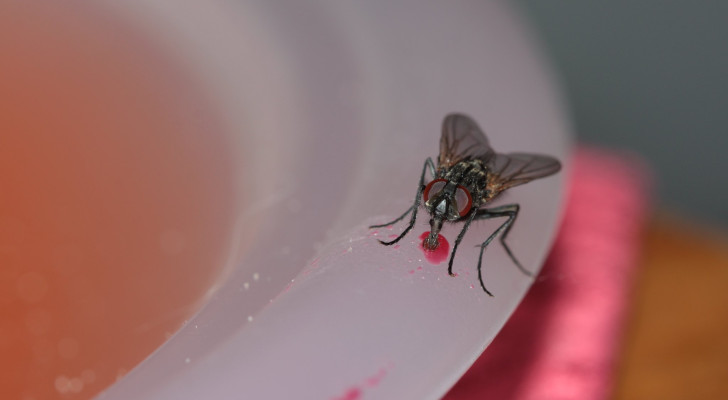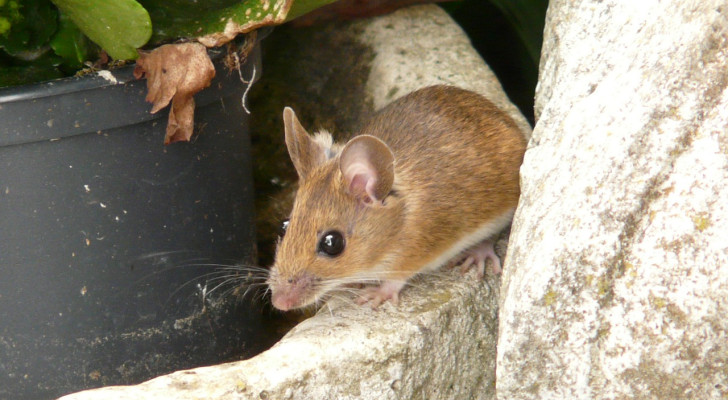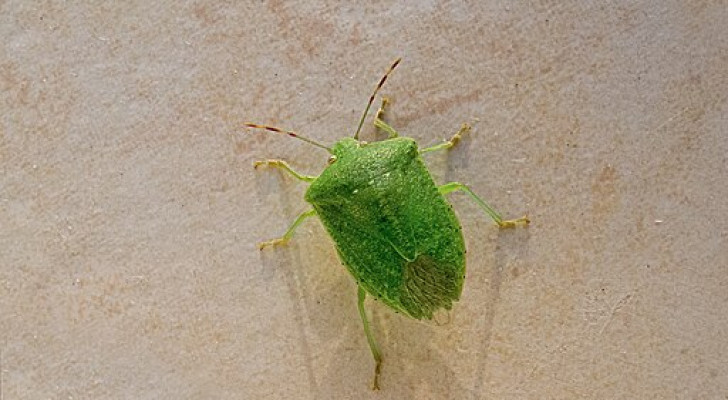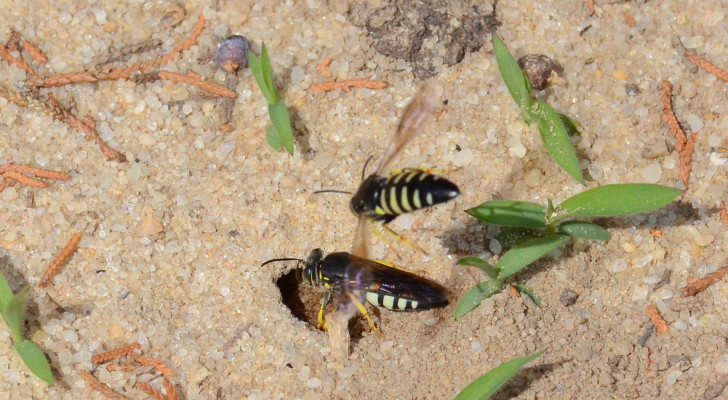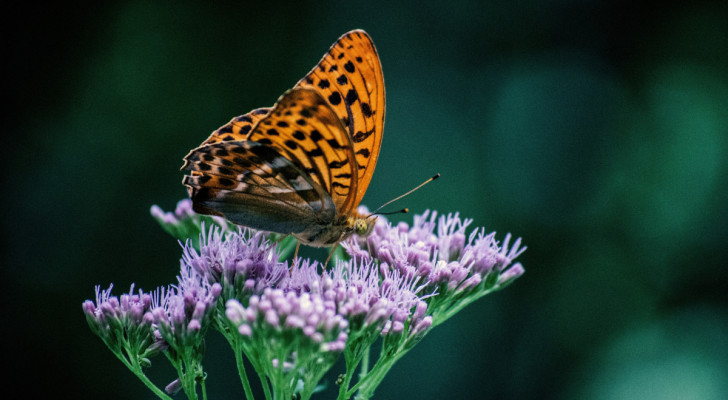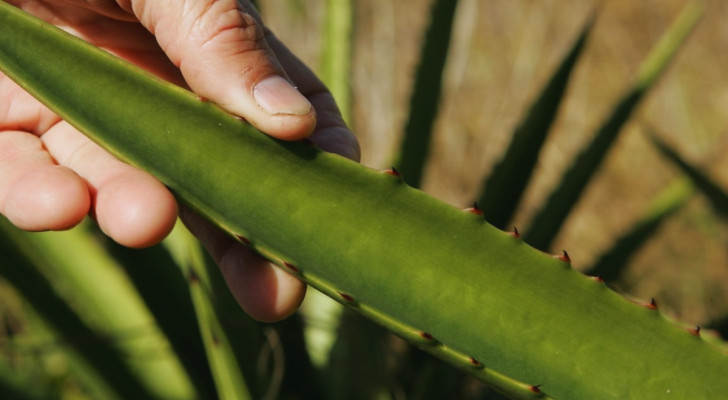Watch out for psychids: These masters of camouflage can destroy your plants
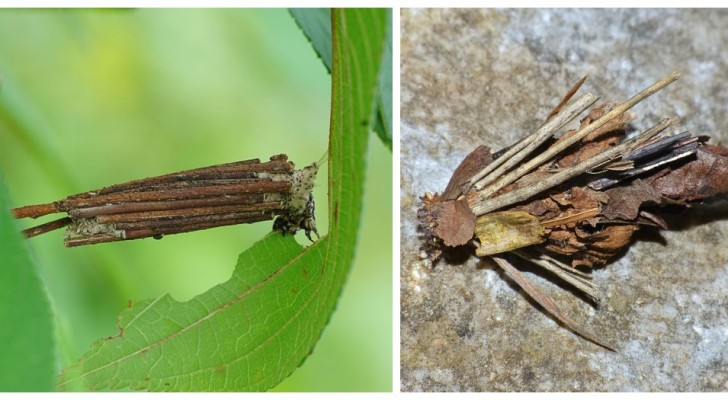
Present all over the world, the Psichids (Psychidae) are a type of moth that cause a lot of damage to plants. When they are adults they are not distinguishable from many species of butterflies that we happen to see in nature, while the larvae are a bit more recognizable ... if you know what to look at! These pests are, in fact, extremely skilled when it come to camouflage, and sometimes only when they are present in large numbers do we realize we have a problem.
Adult larvae can strip trees of all their needles and leaves, and often by the time you figure out what caused the plant to die, it's too late to save them. Read on to find out more about these pests and how to prevent them from harming your plants.
Identification
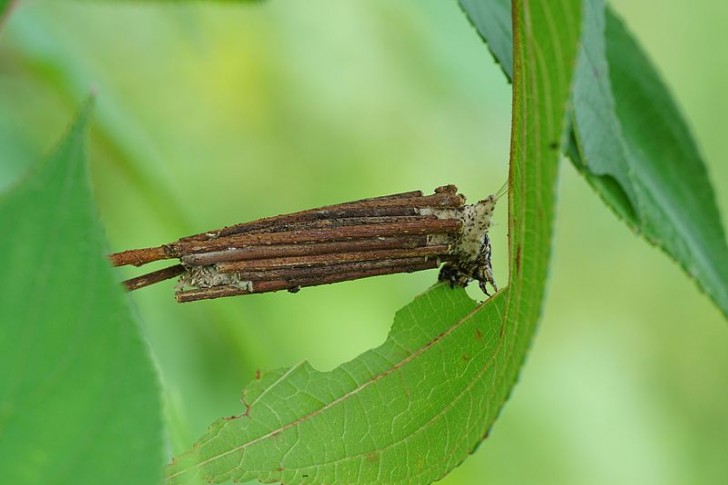
If you search for these insects online, it is likely you will find lots of photos of piles of sticks and leaves rather than something that looks like an insect. This is because psychids have the ability to disguise themselves when they are still in the larva stage.
The silk cocoon that protects the developing animal has a tapered shape and is typically covered with twigs, pieces of bark, leaves and any other loose material on the plant to which it sticks. They can be around 3-5cm long.
Once the moth emerges - in the case of the males it becomes a kind of bee with a hairy body; the females remain in the larval state, and do not develop wings. And it is the larva (young males or adult females) that damages the plant: in fact, to feed on the leaves, this insect only has to stick out its front legs and head out of the cocoon in order to move and continue to eat.
The eggs usually hatch in late spring, and the larvae begin to search for food. During the summer, they continue to feed until they become adults around August. From that moment on, and for about a month, they seal themselves in the cocoon and become pupae. At the beginning of autumn, the mating season starts, and then the females lay their eggs and wait inside their cocoon until the following spring to hatch.
How to eliminate them
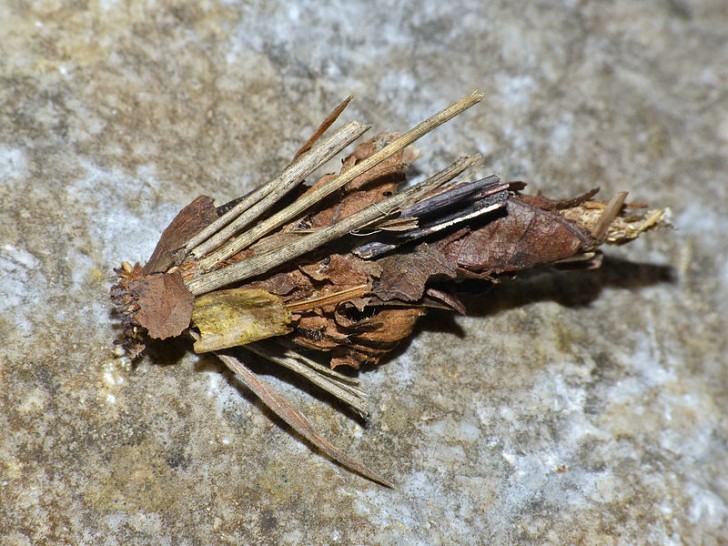
There are several ways to tackle the problem:
- Manual removal: if the plant is attacked by only a few visible specimens, wear gloves and remove them manually as soon as you see them. This is especially effective from autumn to early spring.
- Take advantage of their natural predators: introduce natural enemies of the psychids, such as Bacillus thuringiensis - that is a sporogenous bacterium to be purchased and administered according to the indications on the package or; attract birds to the garden, especially crows that feed on the larvae. To attract these animals you need to set out watering and bathing trays, and make accessible tall and bushy plants (hedges and trees) in which they can roost and nest.
- Chemical insecticides: Those that work best must contain malathione, diazinone or carbaril. They must be sprayed on the plant and are effective against young larvae - therefore best used at the end of spring. Always carefully follow all the manufacturers' instructions.
Have you ever had psychids in your garden?
